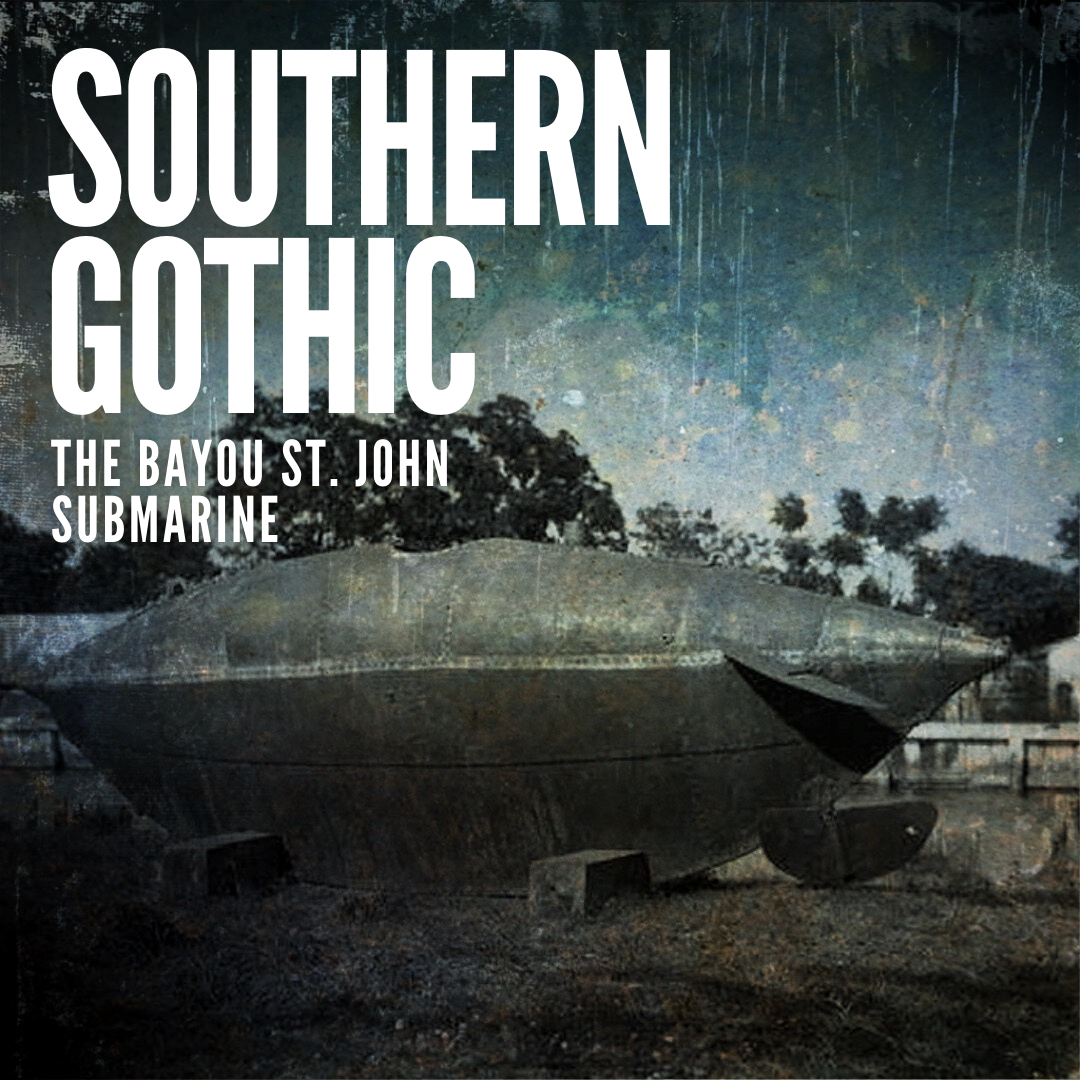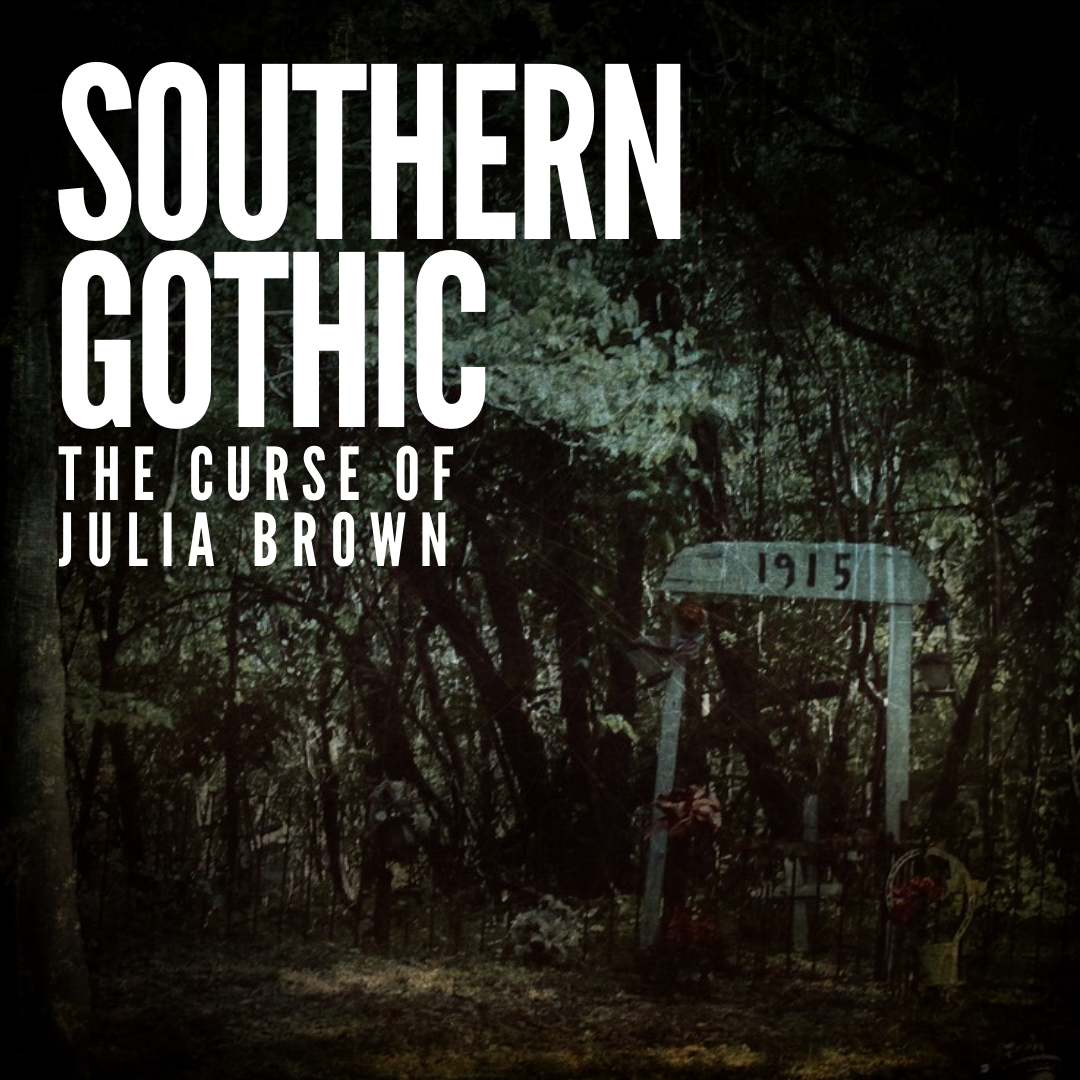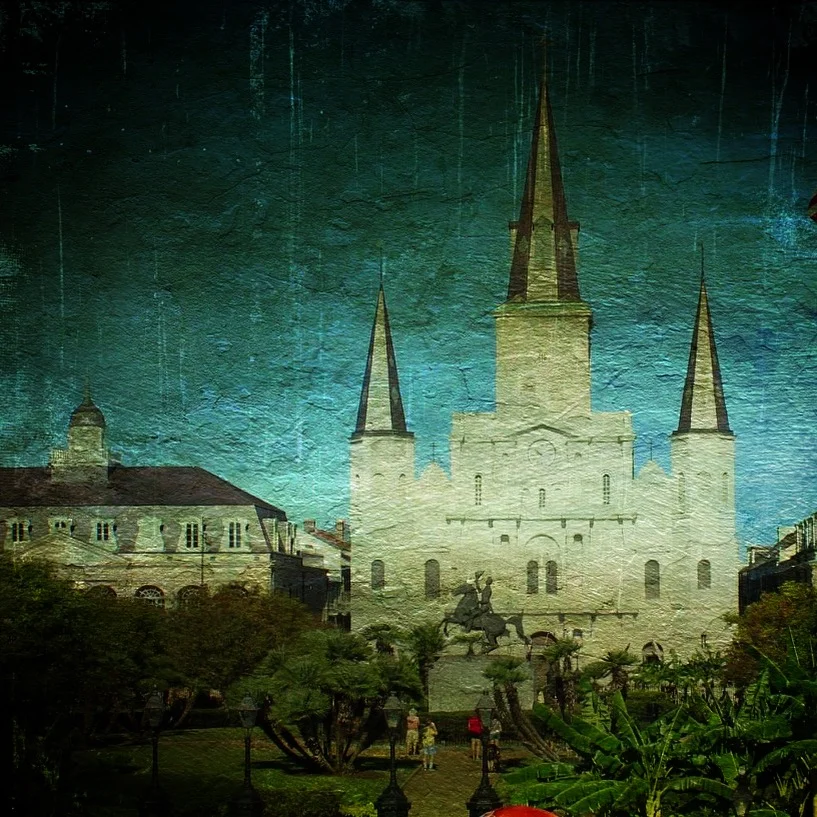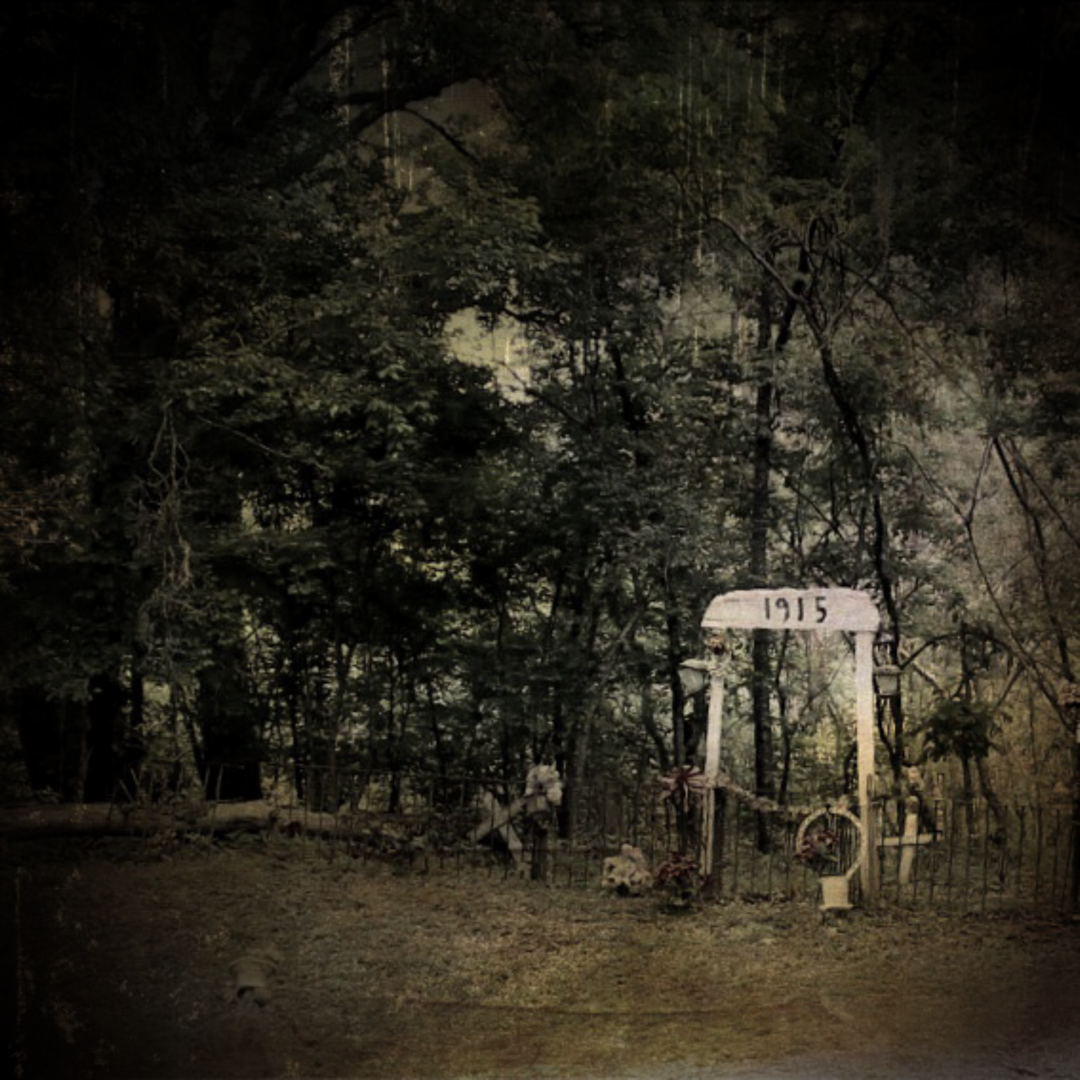““There’s an old wives tale that when evil goes outside you need to brick it up so it can’t get back in.””

A mysterious and possibly even vampiric aristocrat
At the dawn of the twentieth century when a mysterious man arrived in New Orleans from France. Jacque Saint Germain was wealthy and handsome, and he exuded charm and intellect, boasting a mastery of languages and art. He became known amongst the high society in New Orleans for the elaborate parties he hosted at his home on Royal Street in the French Quarter.
Yet there was something odd about Saint Germain, he never seemed to eat in the presence of others, and he often told stories of events centuries in the past as though he had been there to see them happen. Rumors abounded about his origins and the eerie similarity he held to the portrait of the European Comte Saint Germain, a man Jacque claimed was his ancestor. The rumors turned to horror stories with the report of an assault on a woman; Jacque Saint Germain attacked her in an attempt to drink her blood. He was a vampire!
Just as mysteriously as he had arrived, Saint Germain vanished from the city, but in his wake, he left a tale that may have helped to inspire New Orleans’ reputation as a home for the undead.
Sources:
Crandle, Marita Woywood. New Orleans Vampires: History and Legend. Charleston, SC: The History Press, 2017.
____. “A Vampire in New Orleans? The Mysterious Case of Jacque and the Comte de St. Germain.” Ancient Origins. Updated January 28, 2021. https://www.ancient-origins.net/unexplained-phenomena/vampire-new-orleans-mysterious-case-jacque-and-comte-de-st-germain-009019.
Lorio, Christy. “One of the French Quarter's most photographed homes opens for tours this weekend.” NOLA.Com. Updated July 19, 2019. https://www.nola.com/
Middleton, Ryn. “Jacques St. Germain, The Infamous Louisiana Vampire.” Pelican State of Mind (blog). Pelican State Credit Union. Accessed April 4, 2023. https://pelicanstateofmind.com/louisiana-love/jacques-st-germain-louisiana-vampire/ .
Murphy, Michael. Fear Dat New Orleans: A Guide to the Voodoo, Vampires, Graveyards & Ghosts of the Crescent City. Woodstock, VT: Countryman Press, 2015.
Olmstead, Jamie. “The Taste of Blood: New Orleans Vampire Jacques Saint Germain.” Crone + Caskett (blog). May 18, 2018. https://croneandcasket.com/2018/05/18/new-orleans-vampire-saint-germain/.
Sylvia, A.P. “Jacques St. Germain, Vampire of the French Quarter.” Locations of Lore (blog). October 15, 2022. https://locationsoflore.com/2022/10/15/jacques-st-germain-vampire/.
“Vampires in the Deep South: or just New Orleans, really.” Library Blog (blog). Terrebonne Parish Library. Accessed April 4, 2023. https://mytpl.org/project/vampires-in-the-deep-south-the-casket-girls-and-comte-de-st-germain/.






































































